VICTORIANS: COMMERCE
Overseas trade and an extensive commercial infrastructure made Britain in the 19th century the most powerful trading nation in the world. Its manufactures were sold on every continent through a vast network of free trade.
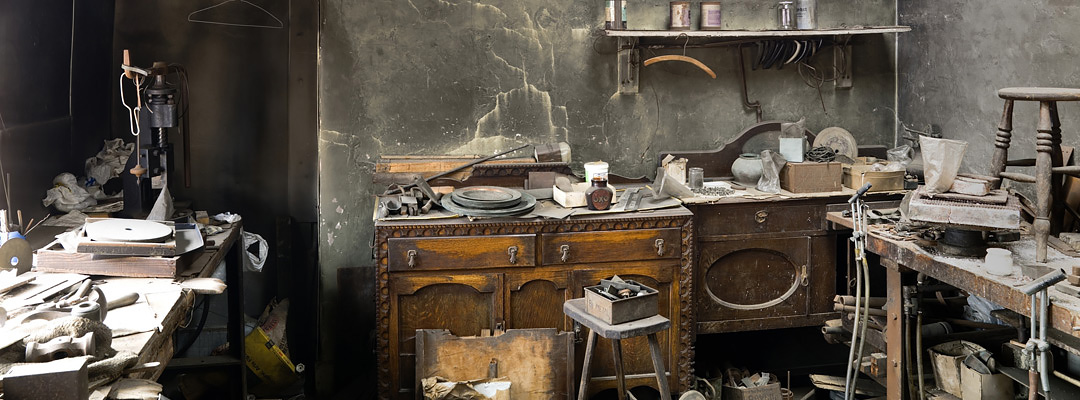
AS SAFE AS THE BANK OF ENGLAND
In an age when sustained economic growth arrived for the first time there was no net inflation for a century. Victorian Britain was in an extraordinary position in relation to the rest of the world, and sterling had vastly greater purchasing power than any other currency, being the only international currency whose value was wholly backed by gold reserves.
Hence the innumerable references in Victorian literature to impoverished individuals being forced to live on the Continent to save money. Smart Victorian families also often undertook protracted tours to Italy, the Riviera and Switzerland.
THE CITY OF LONDON
The Victorian City of London was by far the largest financial centre in the world. It was an immensely complex world of joint-stock banks, smaller private banks, stock brokers and jobbers, insurance brokers and agents, shipbrokers, merchants and dealers in every currency and commodity.
By the final decades of the 19th century, hordes of top-hatted City men were commuting by train from the West End, Surrey and Sussex, while their bowler-hatted clerks came from east and south London and Essex. Much of the City’s life and work was aligned outwards and overseas, and not inland towards British industry.
WORKSHOP OF THE WORLD
Britain was known as the workshop of the world with good reason – its manufactures were sold on every continent. Its mechanical engineering, especially of steam engines, locomotives and ships, was the envy of all. Its factories churned out mass-produced goods, especially ceramics and textiles, for the home and export markets.
New networks of trade developed. Raw cotton from Egypt and the southern states of America was shipped to Liverpool, and then spun and woven in Lancashire. From there, cheap cotton products were exported around the world, undercutting native handloom weavers – just as mechanisation had undercut domestic English woollen weavers in the previous century.
LOCAL INDUSTRIES
The regional specialisms of the Georgian industrial revolution largely persisted. Iron was mined in the Black Country and south Wales. Ceramics were produced in Staffordshire, shoes in Northampton and steel in Sheffield. New local industries developed: shipbuilding on Tyneside and Clydeside, and steel and chemicals along the Mersey and Tees.
Initially the small scale, diversity and flexibility of many Victorian businesses were sources of strength. But by the end of the century, as foreign competition became more organised, many Victorian industrial plants began to look too small and outdated by comparison. Although some large industrial enterprises had emerged – such as Armstrong & Company in Newcastle (hydraulics, armaments) and Harland & Wolff in Belfast (ships) – there were, arguably, not enough of them.
FREE TRADE
Victorian industry was financed by regional banks, based in cities outside London.
There was a lack of connection between the City and industry, and an absence (in the main) of government involvement. Any notion of government coordination or intervention, as was happening increasingly in France, Germany and Russia, was anathema to the liberal, free-trading Victorian spirit.
More about Victorian England
-
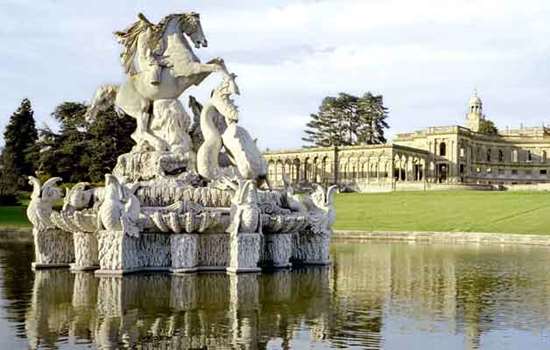
Victorian Architecture
The architectural profession is largely a Victorian creation. From the 1820s, architects began to experiment with a profusion of styles.
-
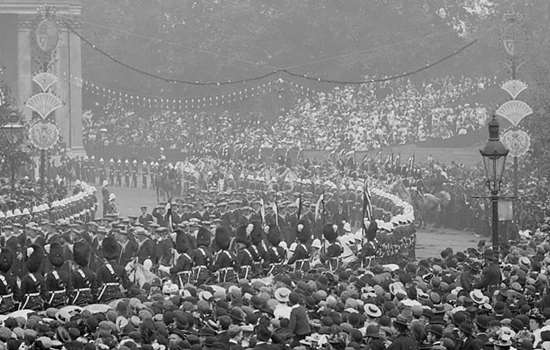
Victorian Power and Politics
Although England in the late 1830s was still ruled by a propertied upper class, there had long been a degree of social mobility.
-
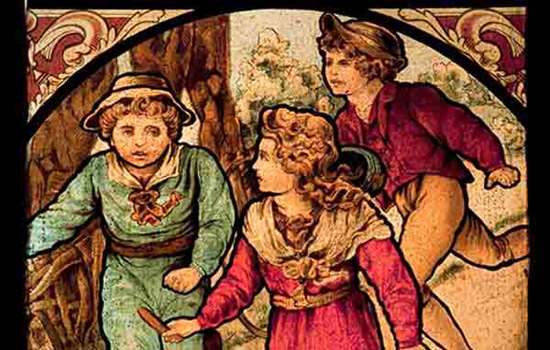
Victorian Daily Life
Although the Victorian era was a period of extreme social inequality, industrialisation brought about rapid changes in everyday life.
-
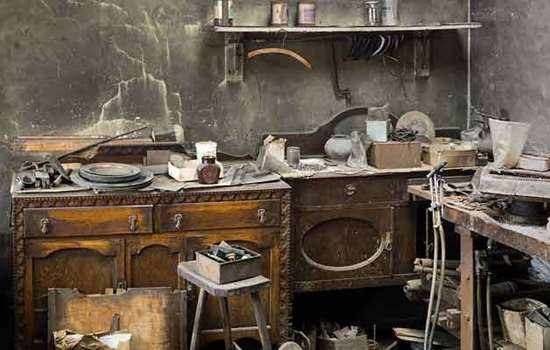
Victorian Commerce
Overseas trade and an extensive commercial infrastructure made Britain in the 19th century the most powerful trading nation in the world.
-
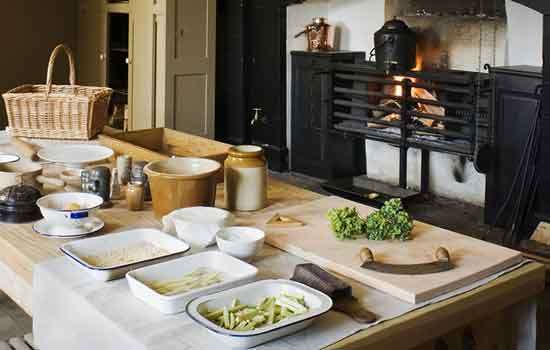
Victorian Food and Health
In the Victorian period the growth of the railways made it possible to transport food to markets. But there was still no cure for most diseases and life expectancy remained low.
-

Victorian Parks and Gardens
An extraordinary number of innovations in the study and cultivation of plants were made during the Victorian period. Meanwhile, gardening became a national obsession.
-
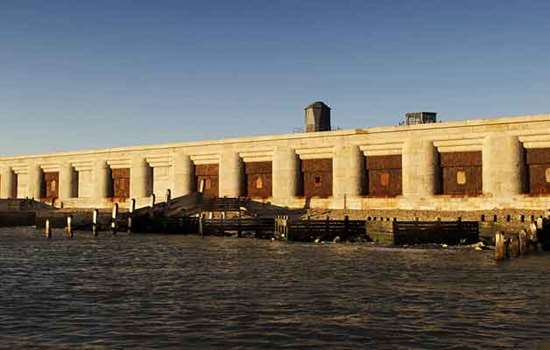
Victorians: War
Victorian Britain was both the greatest power in the world and the least militarised. Its military shortcomings were starkly revealed by the disastrous Crimean and Boer Wars.
-

Victorian Religion
The Victorian era saw the Church of England become increasingly only one part of a vibrant and often competitive religious culture.
Victorian Stories
-
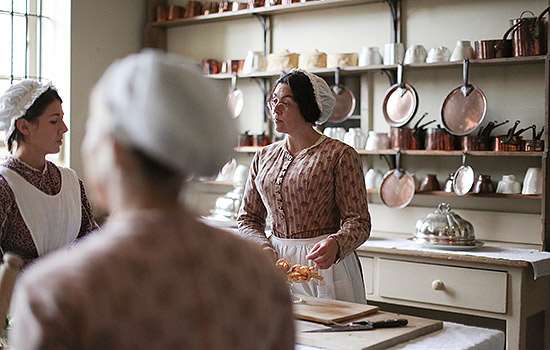
Below Stairs at Audley End
What were Victorian servants’ lives like? Discover the stories of the men, women and children who worked at Audley End House, Essex, in the 1880s.
-
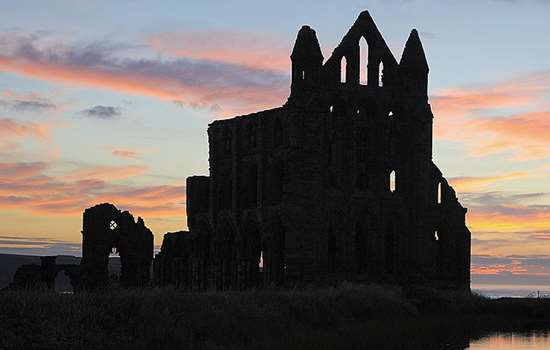
How Dracula Came to Whitby
How Bram Stoker’s visit to the town of Whitby provided him with atmospheric locations for a Gothic novel – and a name for his famous vampire.
-
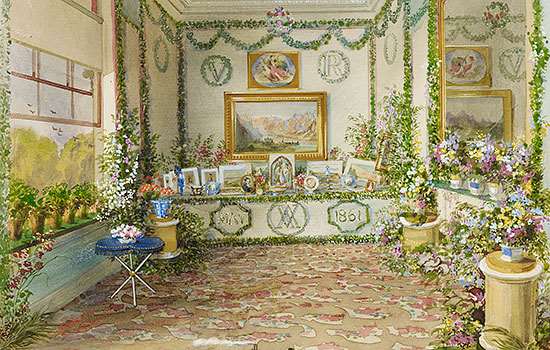
Birthdays at Osborne
Find out how Queen Victoria and Prince Albert celebrated their birthdays, and what the gifts they exchanged tell us about their private lives.
-
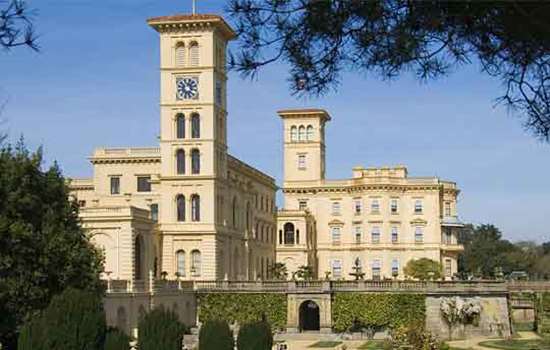
The ‘Osborne Style’: From Naples to Melbourne
How Osborne House’s Italianate design – the inspiration of Prince Albert – came to be imitated in public buildings throughout the British Empire.
-
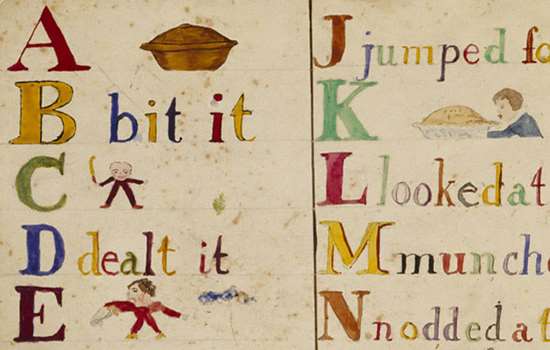
The Darwin Family at Down House
How Charles and Emma Darwin’s children were both seen and heard during their surprisingly boisterous childhood at Down House in Kent.
-
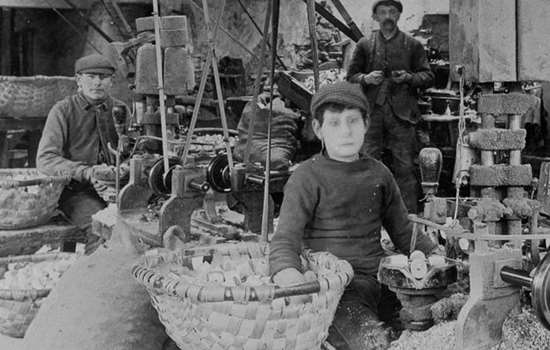
Child Labour in the Lake District
Stott Park Bobbin Mill is located in an idyllic spot, but life was far from ideal for the ‘bobbin boys’ who worked there in the 19th century.
-
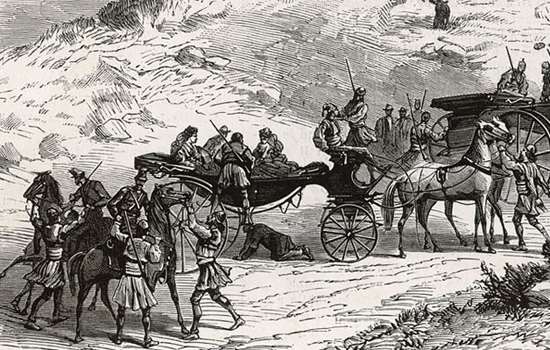
The Dilessi Massacre and a Gothic Revival Masterpiece
How the death of a young English aristocrat taken hostage in Greece inspired the building of St Mary’s Church, Studley Royal.
-
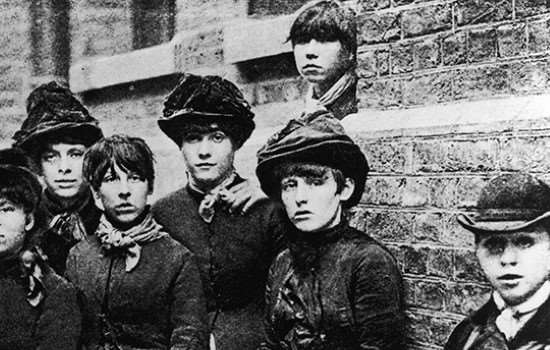
The Match Girls’ Strike
Read about one of the most important strikes in modern British history, which took place at the Bryant and May match factory in 1888.